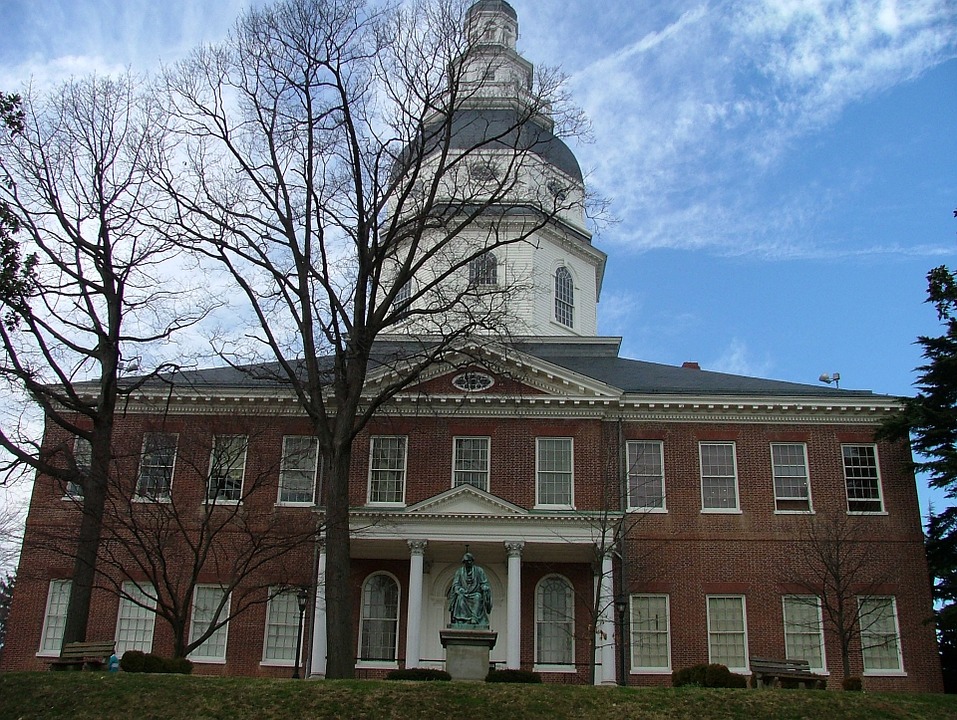Maryland lawmakers voted in March to unite the University of Maryland and the University of Maryland, Baltimore. This legislation, which aims to increase the prestige of the university system, goes into effect today.
The strategic partnership between the two schools paves the way for new initiatives to bring more funding to the campuses and attract more businesses and services to each respective community.
“We are absolutely delighted to formalize our very successful partnership with the University of Maryland, College Park,” University of Maryland, Baltimore President Jay Perman said in a statement. “The bill that was approved by the legislature is a welcome step forward, enhancing our ability to provide educational opportunities for Maryland students, and to make the most of the research capabilities of our two institutions for the betterment of the state.”
University of Maryland President Wallace Loh said efforts to unite the universities began when MPowering the State was approved in 2012. He and Perman decided they wanted the two campuses to have more interaction. They developed the MPowering the State agreement, which launched initiatives such as joint research centers and faculty appointments that would bring $70 million in research awards, as well as new educational programs for students on both campuses.
“There’s a lot of things that are going on,” Loh said. “There’s just a lot of possibilities.”
The partnership continues to target specific areas, Loh said. The College Park campus doesn’t have a law school or a medical school, but collaboration between the two institutions allows students to complete three undergraduate years in College Park and three years at the University of Maryland, Baltimore law school to get a degree. College Park students aiming to pursue nursing can also now make a “seamless” transition to the Baltimore campus, Loh said.
The renovated Cole Field House will also house an orthopedic clinic, which will serve the surrounding community. The clinic will employ doctors from Baltimore’s school as well as offer opportunities for students in this university’s public health school.
Faculty members from both universities will play a role in determining what to focus on, said Brian Ullmann, a spokesman for this university.
This is one feature that makes the collaboration so great, Ullmann said.
“Most of the things we’re doing now, we didn’t think of at the time [MPowering the State] was created,” Ullman said. “These are things that happened organically. It’s not [the university presidents] who decide what’s important. … It’s from the faculty up.”
But the collaboration is “huge,” in part because it is a law that must be adhered to, Loh said, even when he is no longer this university’s president. One challenge, however, could be in maintaining an interest in the partnership, Loh added.
“It formally recognizes a partnership and that this partnership has done things,” he said. “The key point is that this law codifies — it institutionalizes — the things that have been going on for the past four years. And [the partnership] wants to do more.”
With conversations between the two universities ongoing, Loh said the partnership will continue to expand over time.
“This is huge, and it’s not going to stop — it’s going to keep on growing,” he said. “It’s bringing together the faculty and the students and staff of both institutions, and from them, ideas emerge.”



